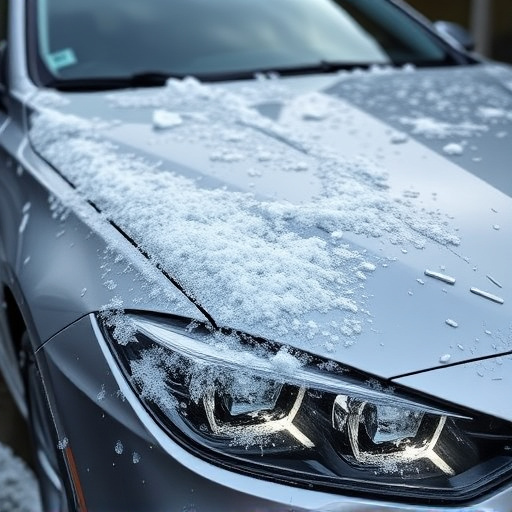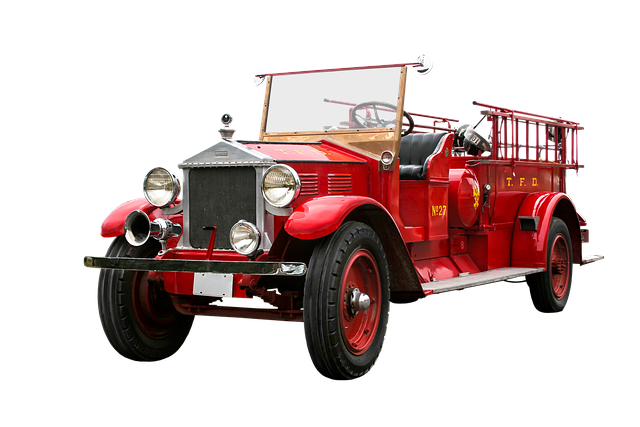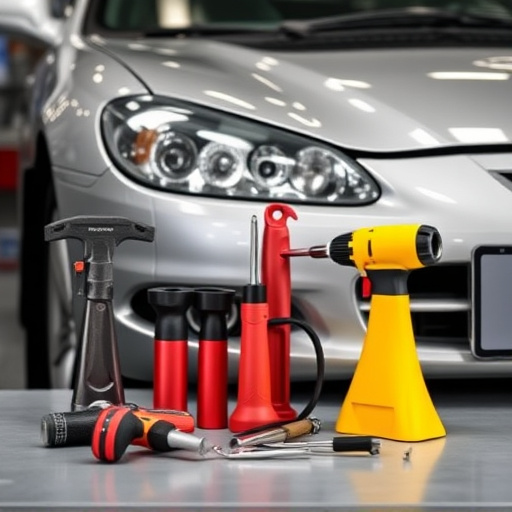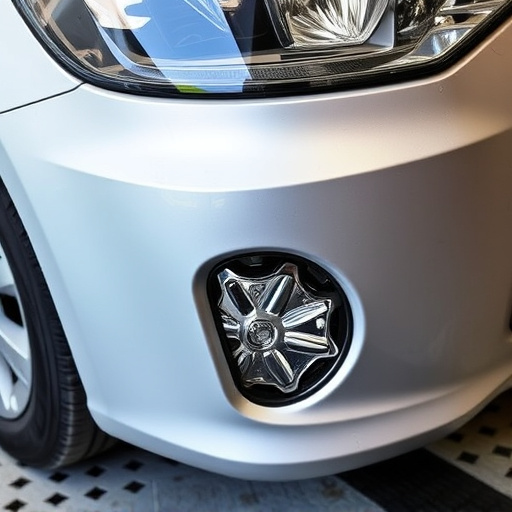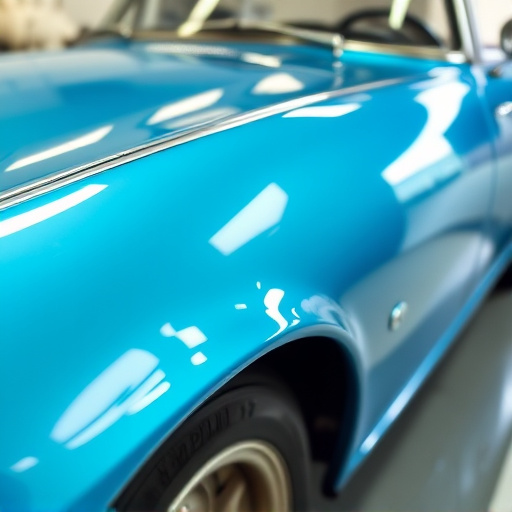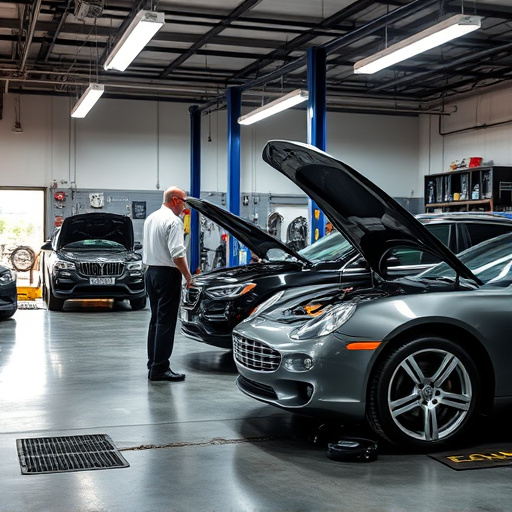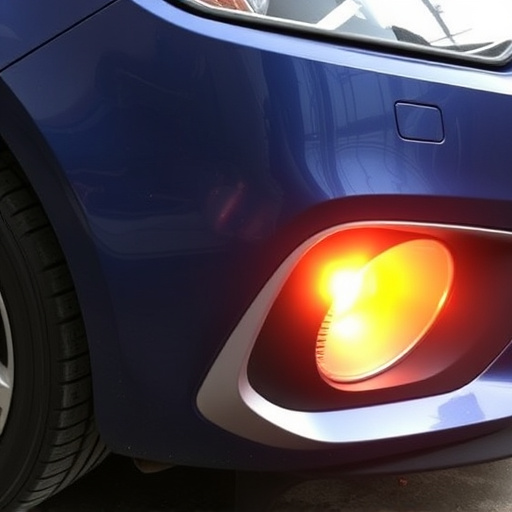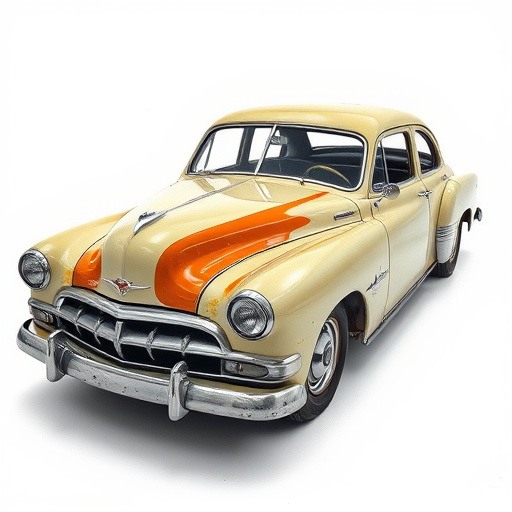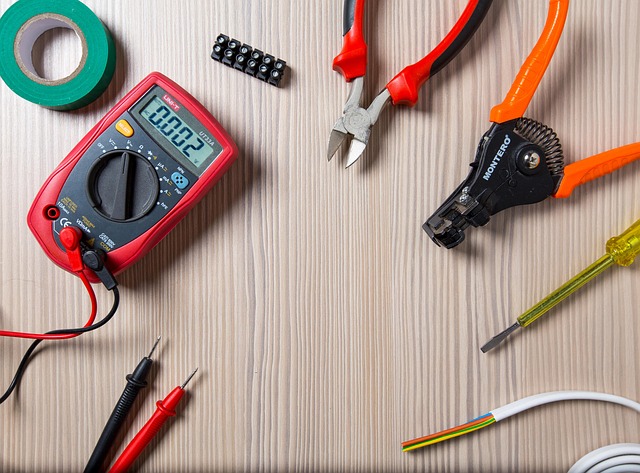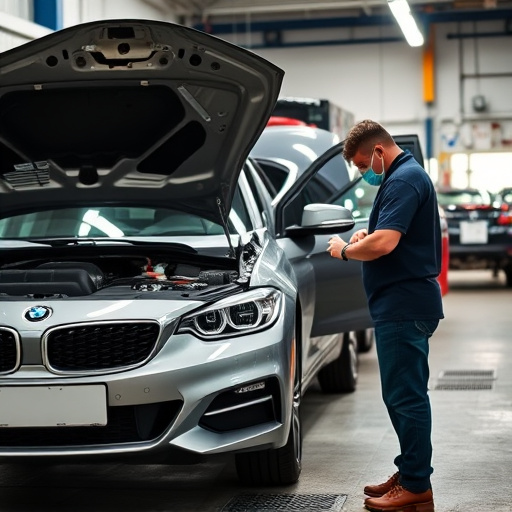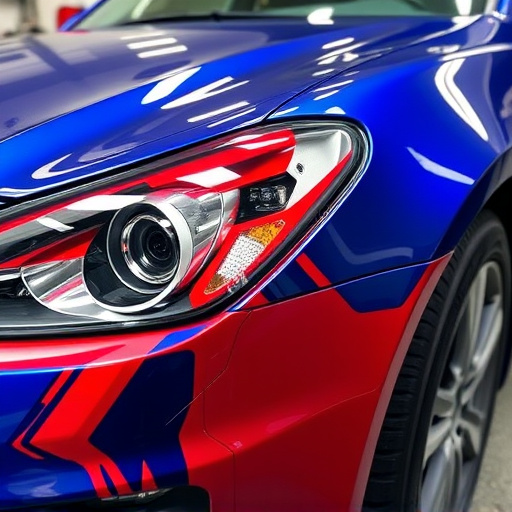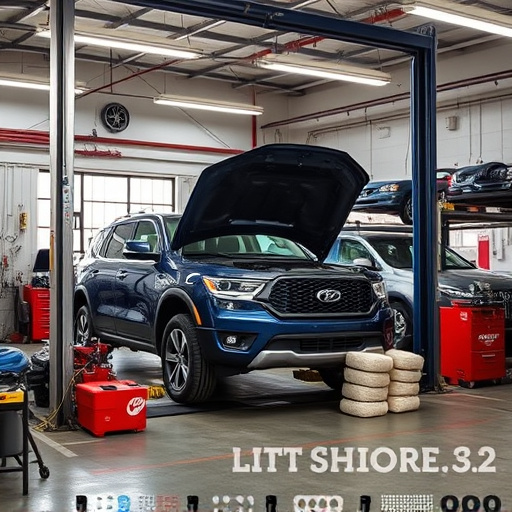Mercedes wheel repair is a detailed process that starts with thorough inspections for cracks, dents, and corrosion using specialized tools. Professional services assess structural integrity, offer solutions from touch-ups to full restorations, and ensure alignment with Mercedes' quality standards. Skilled technicians use precision welding, advanced manufacturing, and car paint techniques to restore wheels to like-new condition.
Mercedes wheel repair is a specialized art, demanding precision and expertise. This comprehensive guide explores the intricacies of repairing alloy wheels on Mercedes vehicles. We start with assessing damage, covering initial steps to identify common issues. Next, we delve into various repair techniques, offering insights on how to restore your Mercedes wheels. Additionally, we provide best practices and tips for achieving professional-level results. By understanding these methods, you’ll be equipped to maintain or revive the look of your prized Mercedes’ wheels.
- Assessing Mercedes Wheel Damage: Initial Steps
- Common Alloy Repair Techniques for Mercedes Wheels
- Restoring Mercedes Wheels: Tips and Best Practices
Assessing Mercedes Wheel Damage: Initial Steps
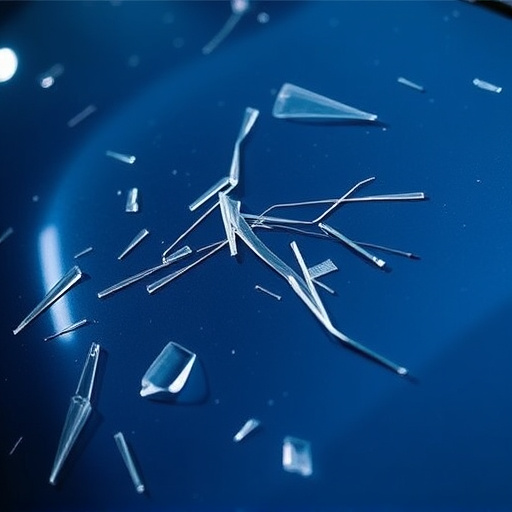
Assessing Mercedes Wheel Damage requires a meticulous approach to determine the extent of the issue and decide on the most suitable repair technique. The initial steps involve a close inspection of the wheel, looking for any visible cracks, dents, or deformations. One might need to employ special tools to measure and assess the damage accurately, especially in cases of severe impact or curbs pounding. This is where professional car repair services come into play, offering expertise to evaluate subtle changes that could affect the structural integrity of the wheel.
Additionally, checking for signs of rust or corrosion is vital, as these can indicate underlying issues, especially with Mercedes alloy wheels known for their precision engineering. Early detection of such problems can prevent further damage and ensure effective car dent repair if needed. The goal at this stage is to identify whether the wheel requires a simple touch-up, a full restoration, or if it’s beyond repair, guiding the owner towards appropriate car paint services for a like-new finish.
Common Alloy Repair Techniques for Mercedes Wheels
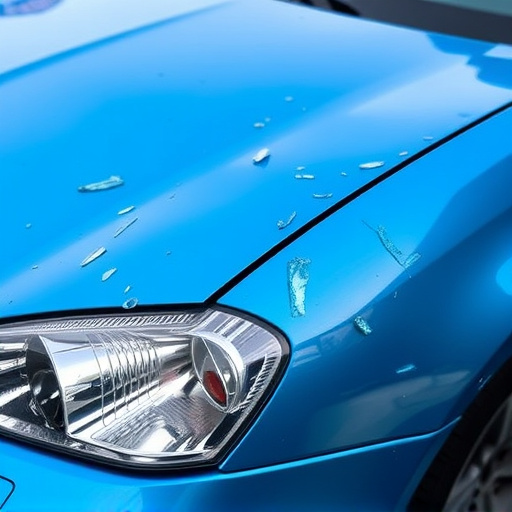
Mercedes wheels, known for their sleek design and superior craftsmanship, can sustain damage over time due to road debris, collisions, or regular wear and tear. Common alloy repair techniques for these high-end wheels involve several specialized approaches. One widely used method is welding, where broken or cracked spokes are meticulously mended by skilled technicians. This process requires precision to ensure structural integrity and aesthetic harmony with the wheel’s original design.
Another prevalent technique in Mercedes wheel repair is the use of high-quality alloys for replacement parts. Advanced machinery and specialized tools enable the removal of damaged areas without compromising the wheel’s overall structure. Proficient mechanics then forge new spokes or rims, often utilizing advanced manufacturing techniques akin to those employed in automotive restoration. This meticulous approach guarantees not only structural soundness but also maintains the wheels’ original beauty, making them virtually indistinguishable from their pristine state—a stark contrast to generic auto glass replacement solutions.
Restoring Mercedes Wheels: Tips and Best Practices

Restoring Mercedes wheels involves a meticulous process that requires skill and precision to match the brand’s renowned quality standards. The first step in any Mercedes wheel repair is proper preparation. This includes thoroughly cleaning the wheel to remove dirt, grease, and debris, ensuring the surface is free from contaminants that could interfere with adhesion during the restoration process. A soft-bristled brush and a mild detergent are ideal for this task. Once clean, inspect the wheel for damage, such as dents, scratches, or rust spots. For minor dents and scratches, using specialized tools like putty knives and sandpaper can help smooth out the surface. In more severe cases, where structural integrity is compromised, replacement might be necessary, highlighting the importance of timely intervention in Mercedes benz collision repair.
After repairing or replacing damaged areas, the next step is priming and painting. Primers act as a protective barrier between the wheel’s metal and paint, ensuring better adhesion. Applying an even coat of primer and allowing it to dry thoroughly sets the stage for the final paint job. Car dent repair techniques used on other vehicle parts can be adapted here, but it’s crucial to match the original finish precisely, especially with Mercedes’ iconic designs. Finally, a clear coat is applied to protect the paint job and restore the wheel’s glossy finish, making it look as good as new. Integrating car paint services into the restoration process ensures that every detail matches the manufacturer’s specifications, ensuring your Mercedes wheels not only look authentic but also withstand the test of time.
Mercedes wheel repair is both an art and a science, requiring careful assessment and expert techniques. By understanding the damage, familiarizing yourself with common repair methods, and following best practices, you can restore your Mercedes wheels to their original glory. Whether it’s minor scratches or more extensive dents, knowing how to address these issues will not only enhance the aesthetic appeal of your vehicle but also preserve its value over time.
